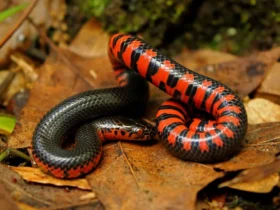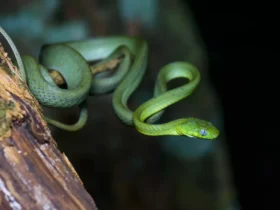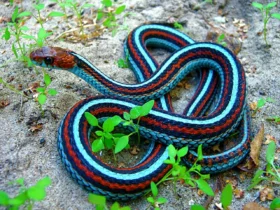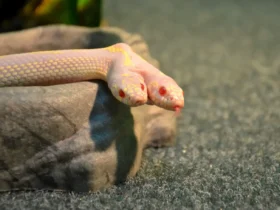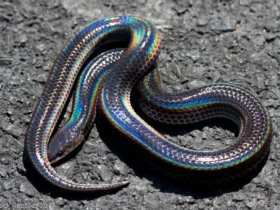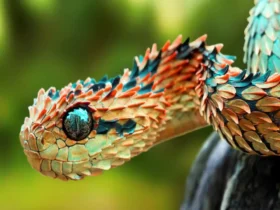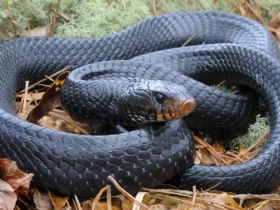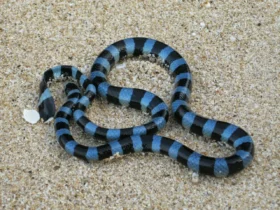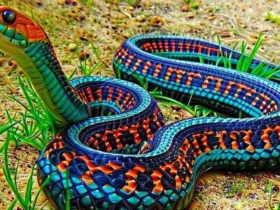The vibrant and mesmerizing world of snakes never ceases to amaze us. Among the diverse species found in Brazil, the Brazilian False Coral Snake (Oxyrhopus trigeminus) stands out as a fascinating member. Despite its name, this nonvenomous snake shares a resemblance to the venomous coral snakes, making it an intriguing subject of study. In this article, we delve into the captivating world of the Brazilian False Coral Snake, exploring its appearance, behavior, and ecological significance.
Brazilian False Coral Snake images
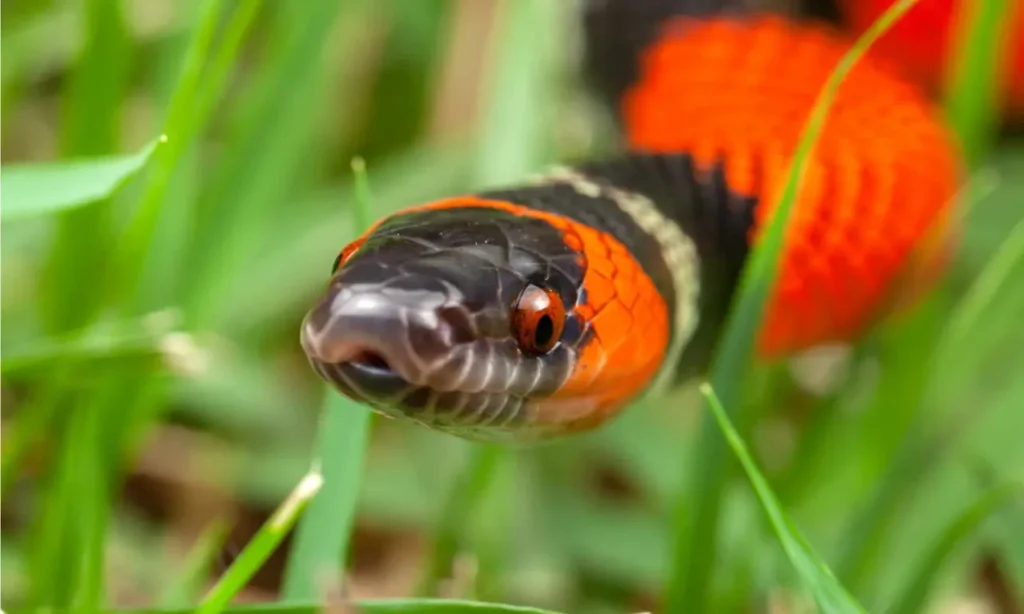
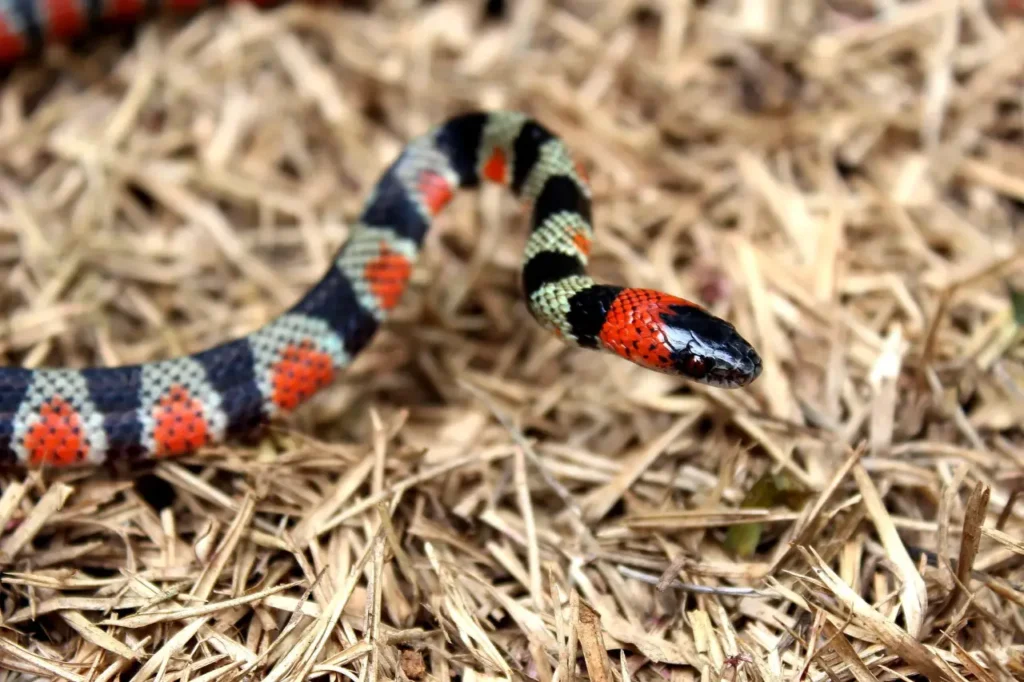
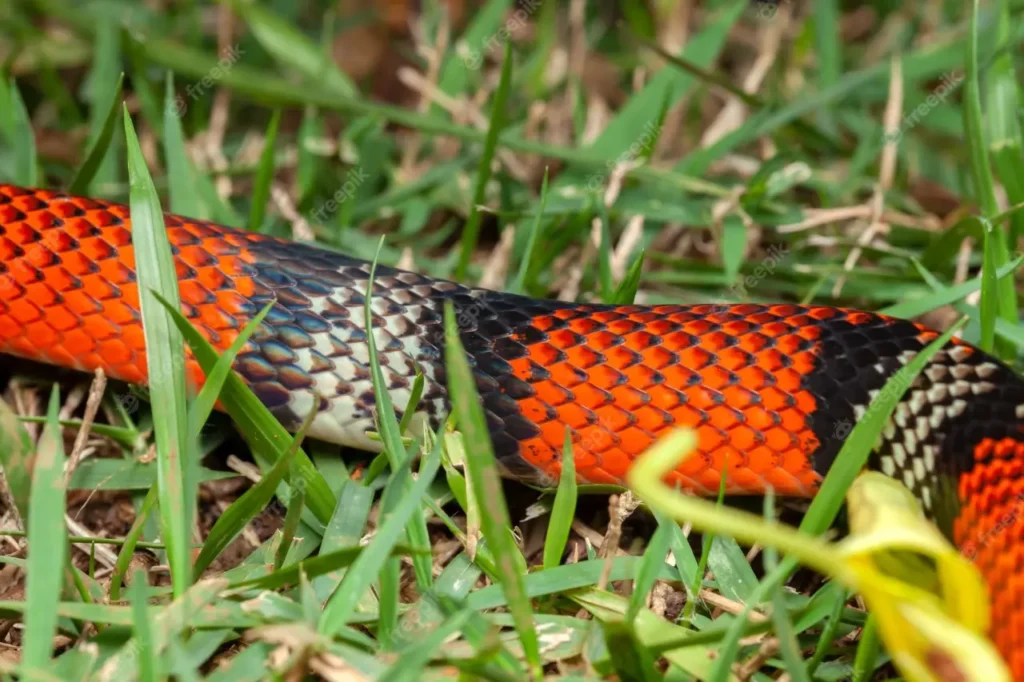
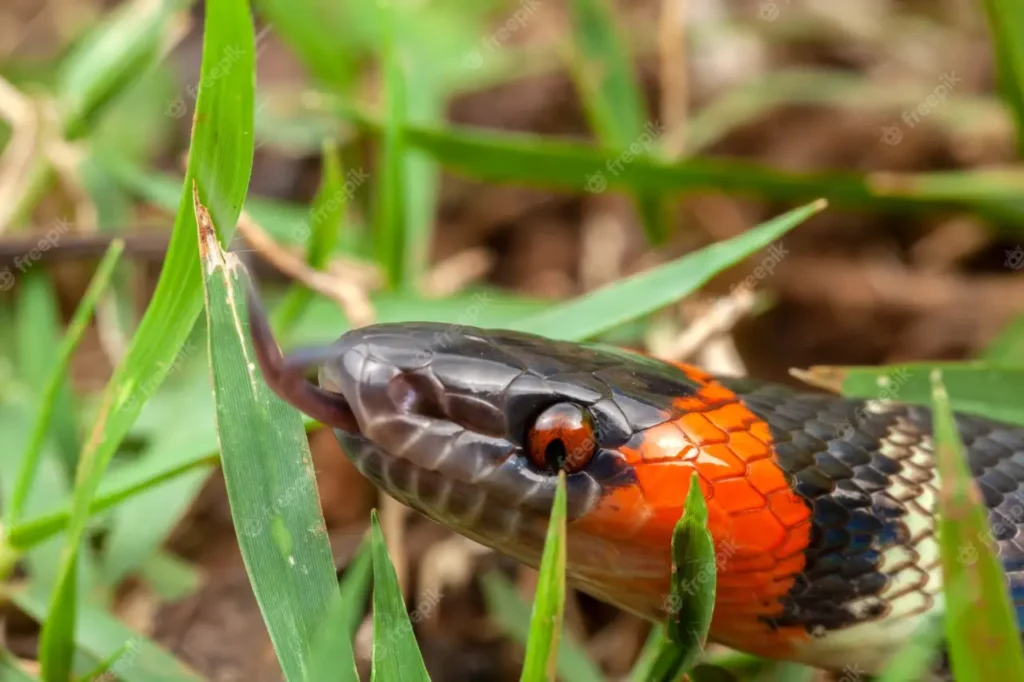
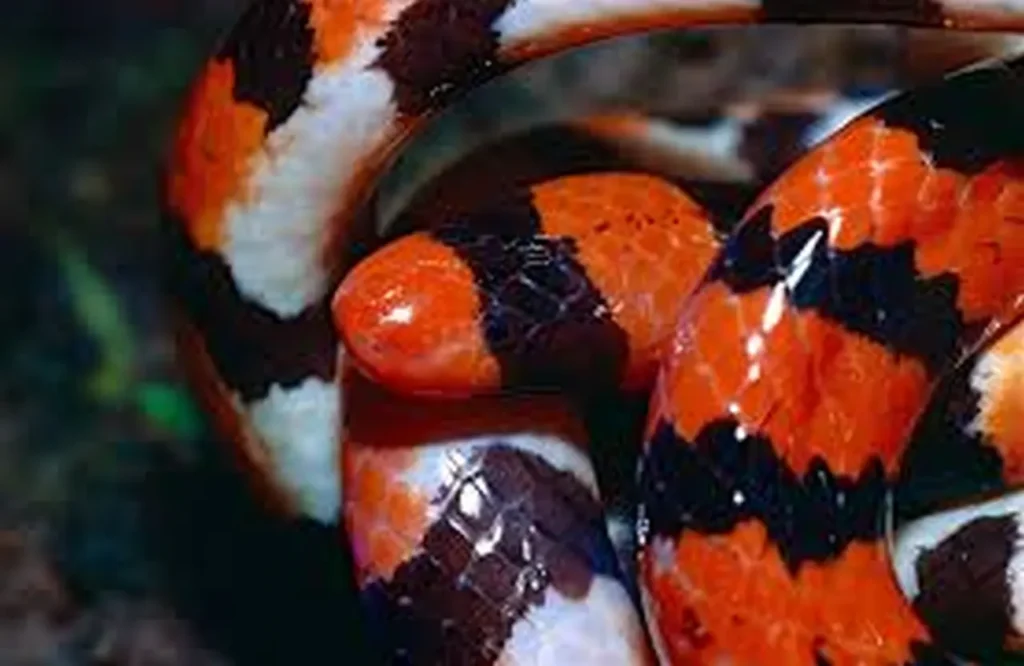
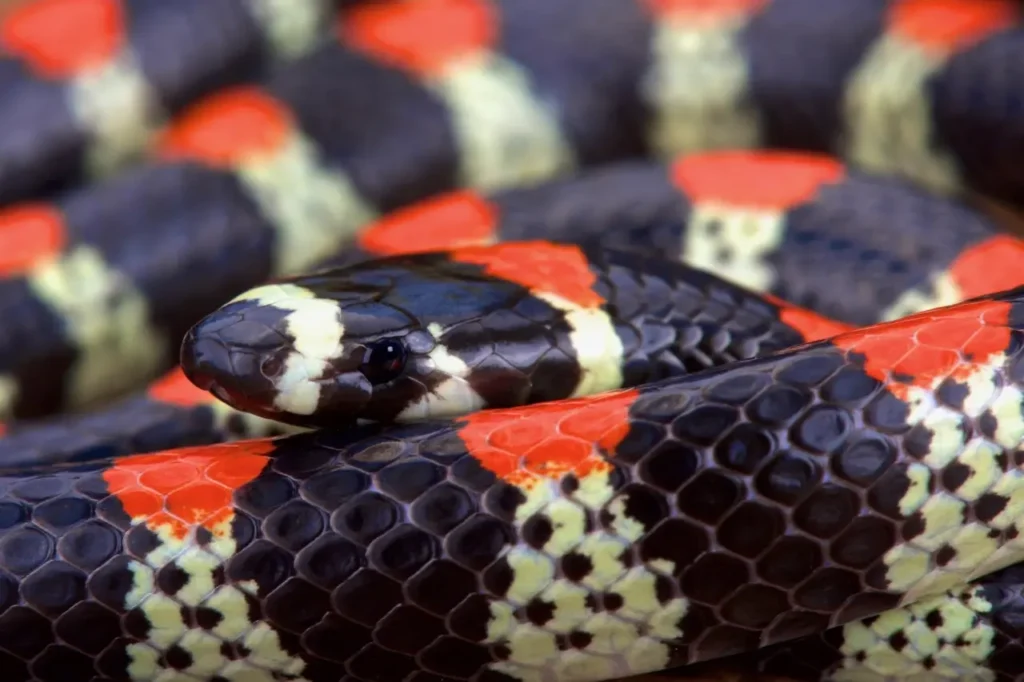
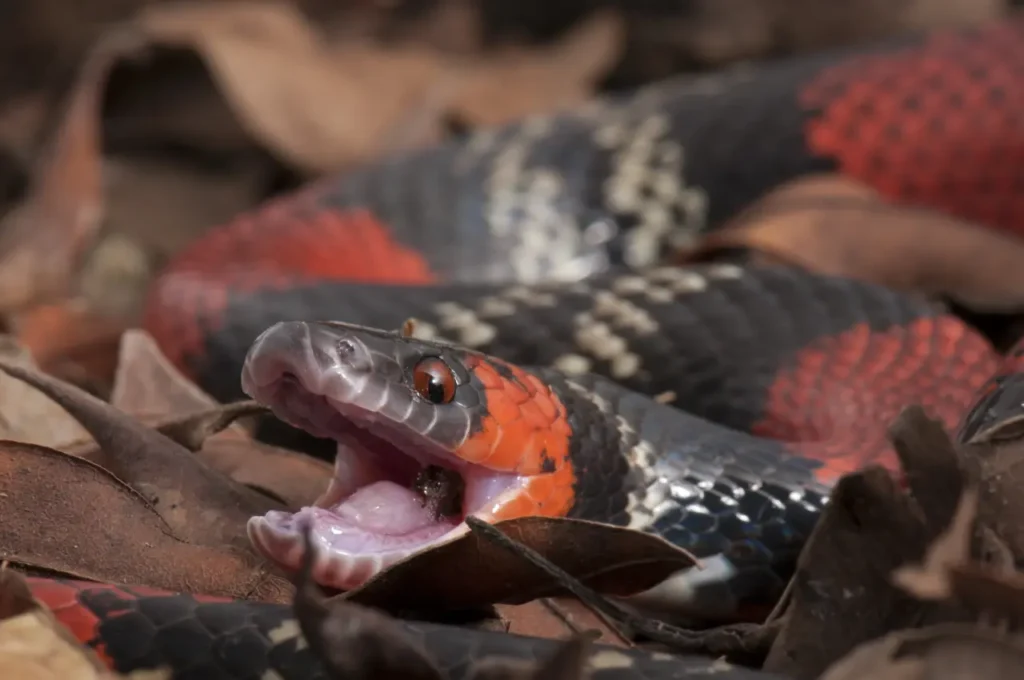
Appearance
The Brazilian False Coral Snake showcases a striking coloration pattern, often mistaken for that of the venomous coral snake. With a slender body that can reach up to 60 centimeters in length, its skin bears alternating bands of vibrant black, red, and yellow. The black bands serve as dividers between the red and yellow, creating a distinctive and visually captivating pattern. This mimicry is an example of “Batesian mimicry,” where harmless species imitate dangerous ones to deter potential predators.
Habitat and Distribution
Oxyrhopus trigeminus can be found across various habitats in Brazil, including rainforests, open grasslands, and even urban areas. This adaptability contributes to the species’ success in a wide range of environments. From the tropical Amazon rainforest to the coastal regions, these snakes have managed to establish a significant presence throughout Brazil.
Diet and Feeding Habits
The Brazilian False Coral Snake is a constrictor, primarily feeding on small vertebrates like lizards, frogs, and occasionally small rodents. These snakes possess sharp teeth designed to grasp and secure their prey, after which they employ their strong body muscles to subdue and constrict their victims. With their keen sense of smell and excellent camouflage, they patiently stalk their prey until the perfect moment to strike.
Behavior and Defense Mechanisms
Despite their coral snake mimicry, the Brazilian False Coral Snakes are harmless to humans. When threatened, they usually adopt a defensive posture by flattening their necks and raising their heads. This behavior aims to intimidate potential predators, making them think twice before engaging with the snake. Their ability to mimic the appearance of venomous snakes serves as a clever deterrent, allowing them to avoid unnecessary confrontations.
Reproduction and Lifecycle
Like many other snake species, the Brazilian False Coral Snake reproduces through internal fertilization and gives birth to live young. Mating typically occurs during the rainy season when food availability is abundant. After a gestation period of several weeks, the female gives birth to a litter of 5 to 20 fully formed offspring. These baby snakes are independent from birth and soon venture off on their own to explore the world.
Ecological Significance
The Brazilian False Coral Snake plays an essential role in maintaining ecosystem balance. As a predator of small vertebrates, it helps regulate populations of lizards, frogs, and other prey species. Additionally, these snakes serve as a food source for larger predators, contributing to the intricate web of life in their respective habitats.
Final Thought
The Brazilian False Coral Snake, with its mimicry of the venomous coral snake, exemplifies the marvels of nature’s evolutionary adaptations. Its vibrant appearance and distinctive behaviors make it a captivating subject for researchers and nature enthusiasts alike. While its nonvenomous nature ensures a harmless coexistence with humans, this snake plays a crucial role in its ecosystem by controlling prey populations and serving as a valuable link in the food chain. As we continue to explore the remarkable diversity of the natural world, the Brazilian False Coral Snake stands as a testament to the wonders that await us.
